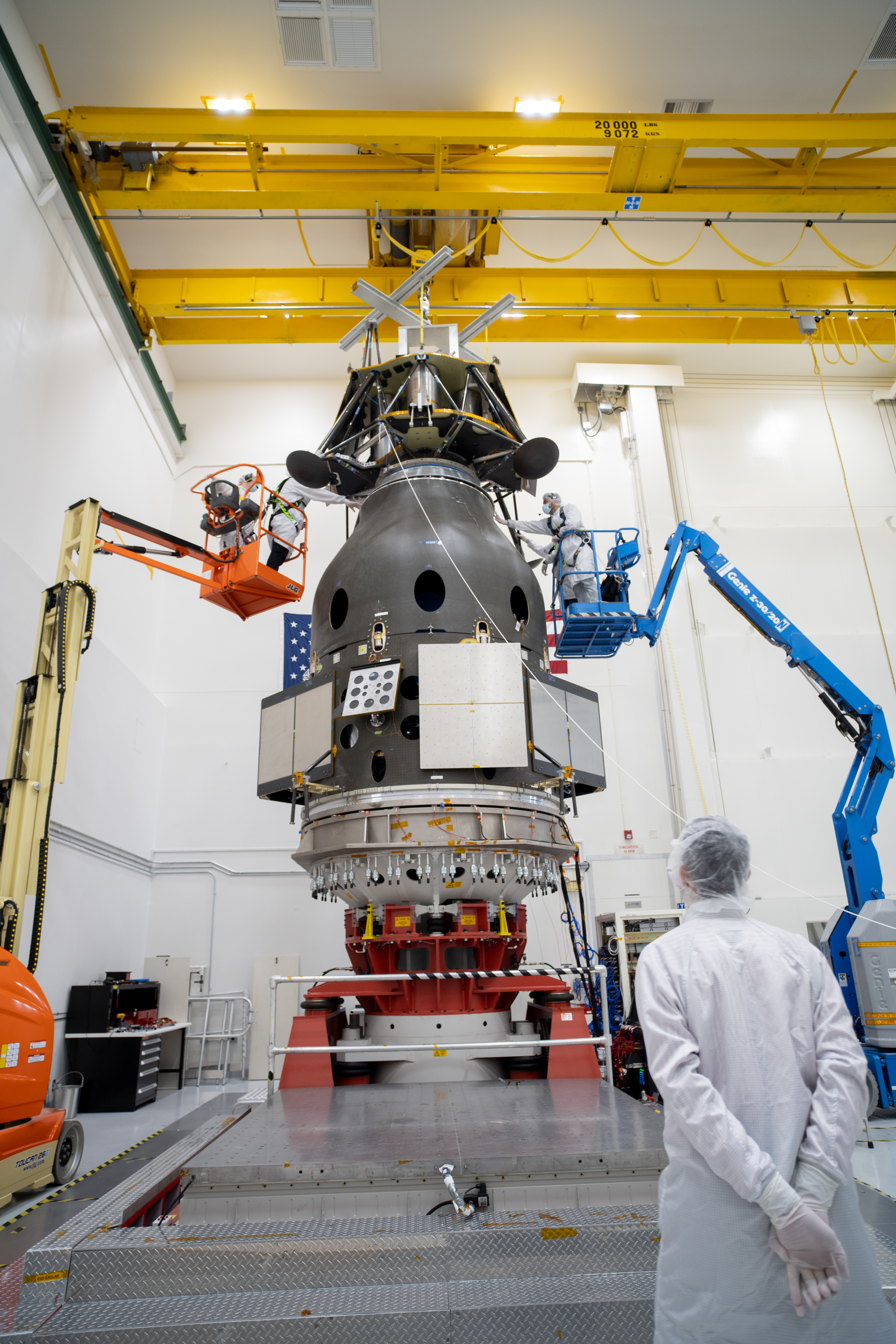Todd J. Barber, Cassini lead propulsion engineer
It's hard to believe that Cassini has begun its second decade in space. Truly, where have the years gone? I used to lament that my 20's were gobbled up by Galileo, just as my 30's were by Cassini, but in reality where else would I rather be? Our years of patience continue to pay off handsomely in the Saturnian system, with one major scientific discovery after another. As often seems to be case, Titan and Enceladus have stolen the show recently, after a brief scene-stealing performance from Iapetus. An article from the vaunted journal "Nature" last month finally provided the "smoking gun" evidence (no pun intended) that the warm tiger stripes of Enceladus are indeed the source for icy particle jets emanating from this perplexing moon. As wonderful as prior flybys have been, it's hard not to look forward to March of next year, when we plan to fly Cassini only 50 kilometers (31 miles) from the icy surface of this mysterious satellite. This may enable direct sampling of the icy plumes that feed Saturn's E Ring itself! Scientific anticipation is running high, to say the least.
Just before Cassini's 10th anniversary in space, the spacecraft executed the Titan-36 flyby, another pass primarily devoted to radar studies but this time near Titan's south pole. It's Titanian summer now at southerly latitudes, so there was some speculation about whether the putative liquid hydrocarbon lakes would be visible during this slightly warmer season. In a press release from Oct. 11, we happily reported that both polar regions appear to be dotted with lakes and seas. This suggests that they may be long-lived features on the Titan surface, though there is also further evidence that these lakes are in various states of fullness (not unlike the Earth's). From a non-scientist's point of view, I can only say that each flyby seems to cement the family ties between Earth and Titan, vastly separated cousins in our solar system but with so many similarities (at least if you substitute methane and ethane on Titan for water on Earth). The press release also included a wonderful montage of Titan's north polar lakes and even a simulated flyover movie. As much fun as this day job is, I must admit it's a special treat to virtually leave the cubicle once in a while and pretend I'm flying on board Cassini as it peels back the mysteries of the solar system.
October of 2007 was a busy time on the spacecraft for engineering as well. The Command and Data System (CDS) was reconfigured with brand-new flight software and I'm pleased to report that it is working well. To call this a brain transplant may be taking the metaphor a bit too far, but essentially an entirely new set of operating instructions were developed, tested, and loaded to the spacecraft. Ironically, this busy period ended up being very quiet for propulsion, so I enjoyed a nice break from Orbit Trim Maneuvers (OTMs) and took a few vacations, while my CDS coworkers feverishly worked to ensure spacecraft health and safety (and thus a quiet pager for me during my trips out of state). I did cut one trip short, though, to return to JPL on October 15, 2007. With Cassini coworkers, some of whom have been on the project since before launch like me, we paused for the briefest of moments, took a hastily organized group photo on the main steps of Building 180, and then reflected on that glorious early morning a decade ago when Cassini and its gargantuan Titan IV launch vehicle parted the clouds and began an epoch journey to the ringed planet. Again I say, where have the years gone?


































